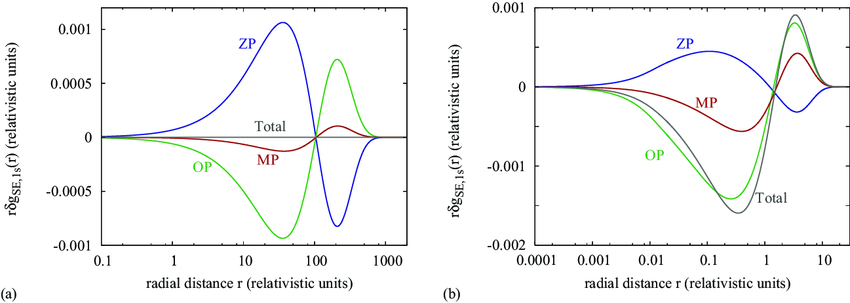Understanding Zero Power (ZP): A Key Concept in Energy Efficiency and Communication Systems
telcomatraining.com – Zero Power (ZP) is a term often used in signal processing, electronics, and communication systems to describe a condition where the transmitted or received signal power becomes negligible, effectively approaching zero. Although achieving an absolute zero power state is nearly impossible due to factors like noise and hardware limitations, the concept plays a critical role in energy-efficient designs and system optimization. Below, we dive deeper into the implications and applications of zero power across various contexts.
The Zero Power State: What Does It Mean?
The zero power state is characterized by minimal or negligible signal power, often observed during periods of inactivity or low energy usage. In most scenarios, achieving an absolute zero power level is infeasible due to the inherent noise in systems or environmental interferences. However, engineers and designers strive to approximate this state to optimize power consumption and enhance device efficiency.
Practical Examples:
- Battery-Powered Devices: Many modern devices, such as smartphones and IoT sensors, feature low-power modes that mimic a zero power state when not in active use. This ensures prolonged battery life without compromising functionality.
- Communication Systems: Wireless receivers may transition to a low-power mode when incoming signal strength drops below a predefined threshold, reducing energy use during idle periods.
Zero Power in Power Management and Sleep Modes
One of the most common applications of the zero power concept is in power management for electronic devices. By entering sleep or idle modes, devices can drastically reduce their energy consumption. This is particularly beneficial for battery-operated gadgets, where energy conservation is paramount.
Key Features of Low-Power Modes:
- Minimal Component Activity: Only essential components remain operational, consuming a fraction of the usual power.
- Quick Recovery: Devices are designed to quickly resume full functionality when activity is detected.
- Examples: Smartphones entering standby mode, smart thermostats during periods of inactivity, and laptops in sleep mode.
Signal Processing and Noise Thresholds
In communication systems, the concept of zero power often acts as a reference point for signal detection. When the received signal power falls below a certain noise threshold, it is considered effectively zero. This threshold-based approach helps systems make decisions about signal processing and power management.
Applications in Communication Systems:
- Energy-Saving Modes: Devices like wireless routers and modems can switch to energy-saving states when signal levels are low.
- Improved Signal Processing: Identifying zero power states allows systems to filter out noise and focus on meaningful signals, enhancing overall efficiency.
Designing Energy-Efficient Communication Systems
The principles of zero power are fundamental to the development of energy-efficient communication systems. By reducing transmission power levels, optimizing duty cycles, and leveraging sleep modes, these systems minimize energy consumption without sacrificing performance.
Techniques for Energy Optimization:
- Adaptive Power Control: Dynamically adjusting transmission power based on real-time conditions.
- Duty Cycle Management: Reducing the active duration of devices to conserve energy.
- Low-Power Protocols: Employing communication protocols specifically designed to minimize power usage.
Environmental Implications of Zero Power
Emphasizing zero power principles has significant environmental benefits. Reduced energy consumption in devices and networks contributes to lower greenhouse gas emissions and supports global sustainability goals.
Benefits at Scale:
- Data Centers: Energy-efficient server operations reduce the carbon footprint of large-scale data centers.
- Telecommunications: Optimized communication networks consume less energy, promoting greener practices.
- IoT Devices: Widespread adoption of low-power IoT devices results in substantial energy savings.
Conclusion
The concept of zero power (ZP) extends beyond its technical definition to influence a broad range of applications, from device power management to the design of sustainable communication systems. By leveraging zero power states effectively, we can achieve improved energy efficiency, longer device lifespans, and a reduced environmental impact. As technology advances, the integration of ZP principles will become increasingly important in creating smarter, greener systems for the future.







